When most marketers and businesses are sitting down to examine their lead generation process and their buyer personas, they’re typically looking at the information in only one way.
They’re looking at how their buyer personas can help shape their lead process, determining what offers, lead magnets, landing pages, and messaging they create. This makes sense, as your lead funnel should always be tailored to your specific audiences.
You can, however, leverage the same information in reverse. You can use data that you obtain from your lead generation to learn more about your audience, identifying new niches, and improving your understanding of your current audiences. When examined closely, this information can actually help you create better buyer personas overall, which can really bring things full circle when it helps you improve your lead generation process once again.
It might sound like we’re talking in circles a bit, but this is actually an extraordinary strategy that more brands should be taking advantage of to strengthen their entire lead gen funnel. And in this post, we’re going to go over how to do this step-by-step and how you benefit from it.
Let’s begin!
How Buyer Personas Typically Impact Lead Generation Funnels
Many marketers are aware that your lead generation funnel will only be as effective if they actually connect with your target audience.
A realtor, for example, trying to capture commercial buyers will have trouble doing that if they only have lead funnels in place for their residential buyers.
Because of this, many businesses use a combination of strong understanding of their unique selling proposition (their USP and what makes them different), Google Analytics, and market research to flesh out buyer personas.
What This Looks Like
Let’s continue using the real estate example for a minute. You might have the following personas and lead funnels:
- The first-time homebuyer. Late 20’s, young couple getting ready to get married with middle-class income. They both work, but are also considering starting a family, and they’re obsessed with their dog.
You create lead funnels focused around resources for first-time homebuyers to make the process seem more accessible, proactively reaching them on organic platforms like Facebook.

- The high-value buyer. Martha McMansion may as well be this customer’s name. She’s in her fifties with higher-than-high savings accounts, and she’s looking for a house worth a million or more. She’s got the cash but also has high expectations.
You’ve found that customers will only come to you exclusively through referral networks and online testimonials. You promote testimonials and news articles for your lead generation process and offer a free consultation as the primary lead magnet.
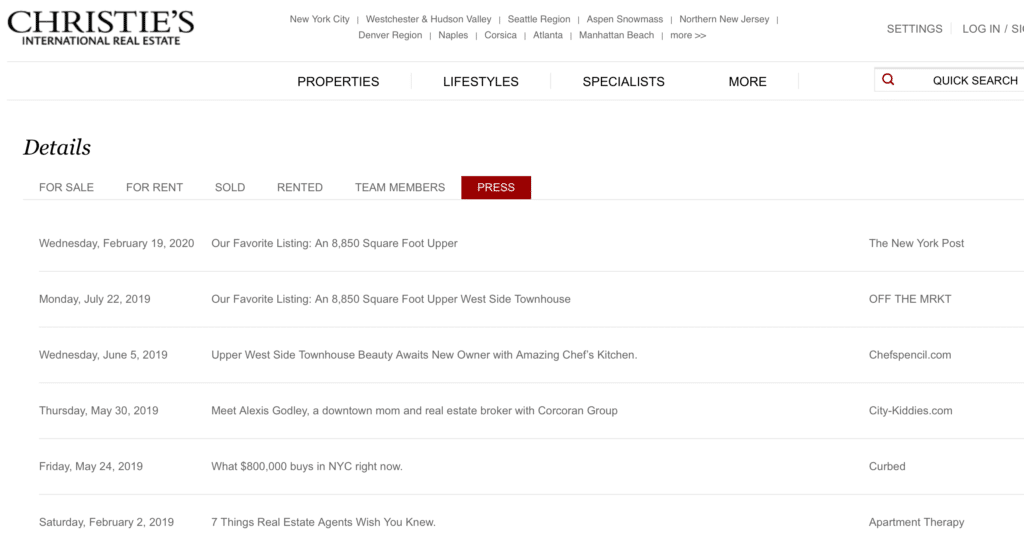
- The commercial buyer. You’re looking at a professional landlord who purchases up properties and rents them out to small businesses. They’re high-value because they’ll be purchasing again later, and they don’t see it as “their” money; it’s an investment.
You run PPC search ads and ads on LinkedIn, and you create lead funnels around resources for commercial/business landlords.
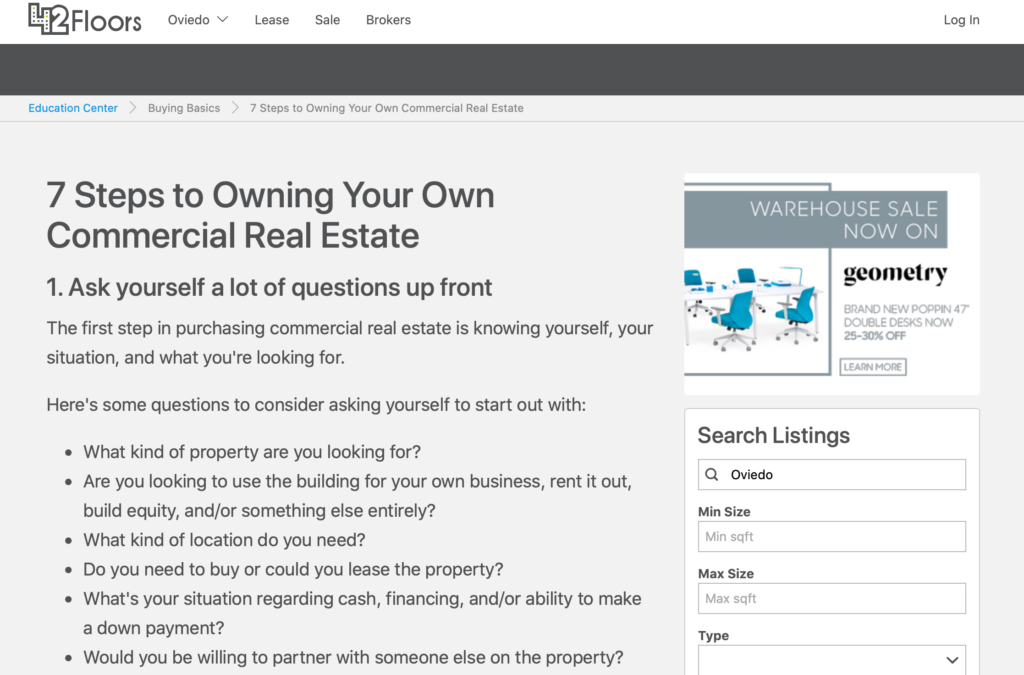
As you can see, your entire lead funnel is customized based on your specific personas that you want to target. You’re reaching out on the platforms where these customers are most likely to be, using out-reach methods they’re most likely to be receptive to, and creating offers that will be most likely to draw them in.
This is still an exceptionally useful way to use buyer personas and lead generation funnels. Now, though, we’re going to look at another use case.
Why You Want to Use Lead Generation Process to Build Better Buyer Personas
We know how to use buyer personas to improve the efficiency of your lead gen process. Now let’s take a look at the reverse.
If you’re basing your entire campaigns around the buyer personas you’ve created (including campaigns that go beyond your lead gen funnel), it’s essential to remember that they must be accurate and that they must be effective.
Unfortunately, as much as none of us are crazy about the idea, the reality is that sometimes we get buyer personas wrong. We might have misinterpreted early data or misunderstood how users are really taking advantage of our products or services.
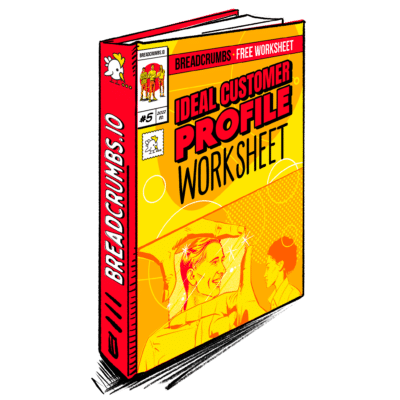
Ebook
Ideal Customer Profile (ICP) Worksheet
Learn how to create an Ideal Customer Profile and build a successful sales strategy with this Ideal Customer Profile (ICP) Worksheet.
We also might have created pretty strong buyer personas… but only for the audiences we knew we had. It’s not uncommon to discover that your business has another potential audience segment you haven’t targeted yet.
The real estate agent above, for example, would be missing out if they had forgotten to account for potential sellers; if they’re relocating to the same area, that’s commission on both a new house and a sale they’re missing out on.
There are plenty of examples of this.
Social media management software meant for businesses might discover that they have an enormous potential audience with agencies; a company selling memorial items might have not only mourners as their customers, but also funeral homes or even veterinarians. And someone offering cooking classes might not only have couples looking for date nights but college students and young professionals desperately trying to learn the basics.
How to Use Your Lead Gen Process to Improve Buyer Personas
While your lead funnel should be shaped by what you know about your audience, it can also tell you an enormous amount about them, too.
Here are a few key ways we recommend you create and pull data from the lead generation process to learn more about your audience and then reshape your buyer personas.
Track What Messaging & Resources Tap Into Pain Points
When you’re marketing and advertising your product, you’re often trying to do two key things: show the value of your product and address the potential customer’s pain points. If your messaging is able to do both of those things, you’ll likely have a successful campaign on your hands.
These initial campaigns are an exceptionally valuable part of the lead generation process, whether they’re driving people to get in touch or to sign up for an ebook or webinar. They can also tell you a lot.
Pay attention to what your audience responds to and what they don’t. You may see a division where your audience doesn’t respond as expected, or they niche down significantly along the funnel.
Let’s say that you have invoicing software for businesses.
You’re running ad campaigns targeted to small businesses, promoting financial webinars. You get a lot of clicks but only a decent conversion rates on topics like “Business loan options to consider” and “maximizing your working capital.” But then you create a webinar on “how to choose a business structure” and another on “taxes for freelancers,” and you see attendance skyrocket.
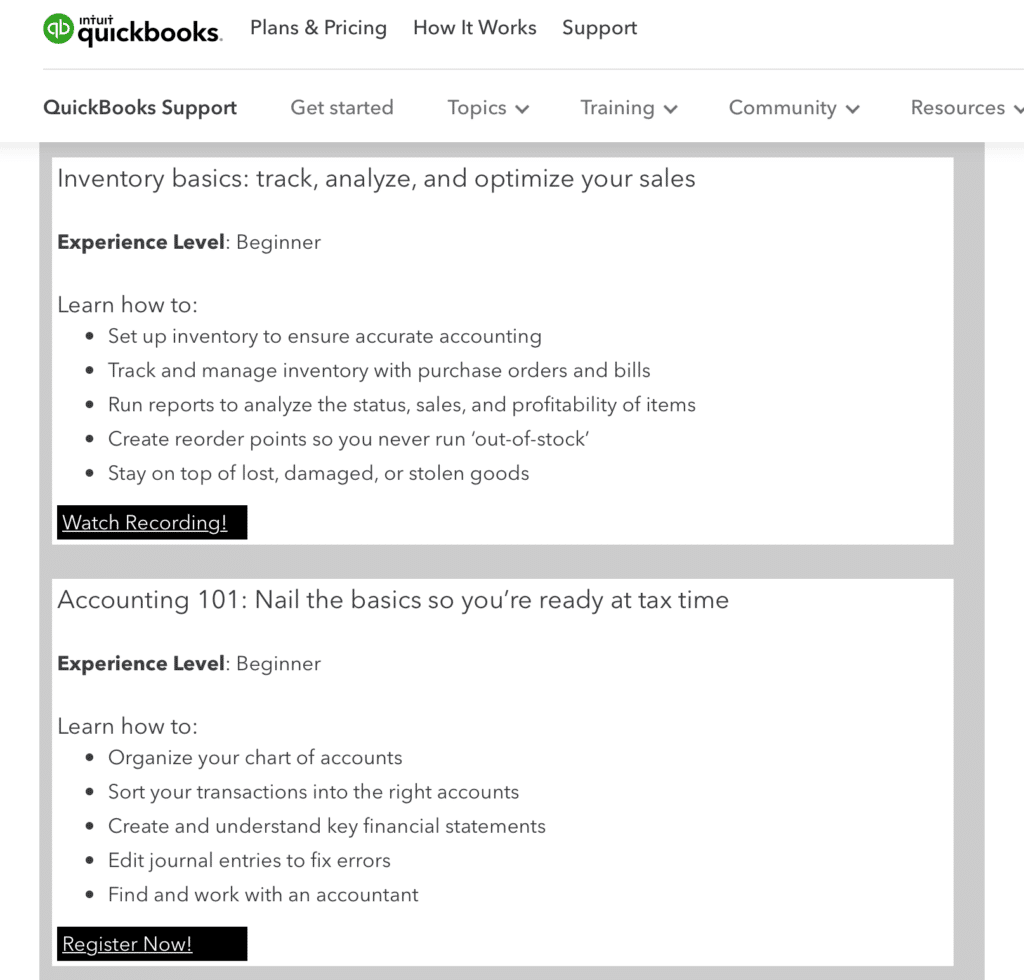
And that’s how you find out that a large number of your small business clients are actually freelancers who don’t need to worry about inventory management or business loans, but who are very concerned about trying to tackle their own taxes.
Ask Smart & Open-Ended Questions on Your Lead Forms
When you’ve gotten users all the way to the point in the funnel when they’re officially ready to actually become leads and get in touch with you, you’ve got an exceptionally valuable opportunity to get some exceptional insight on each individual.
Lead generation forms and initial outreach are essential here, and asking the right questions is key.
Most businesses have a few simple questions on their online lead generation forms so that they can qualify leads. For example, an interior designer would know to pursue leads with higher budgets or specific ideas in mind over users who didn’t even know where to start.
Instead of just trying to qualify leads, however, you can also take this time to learn more about them. Ask questions about their business and how they plan to use your product. Make sure you leave room for “other” answers, where they can fill in the blanks. You can also ask about pain points. You can learn valuable information about your audience you may not have otherwise.
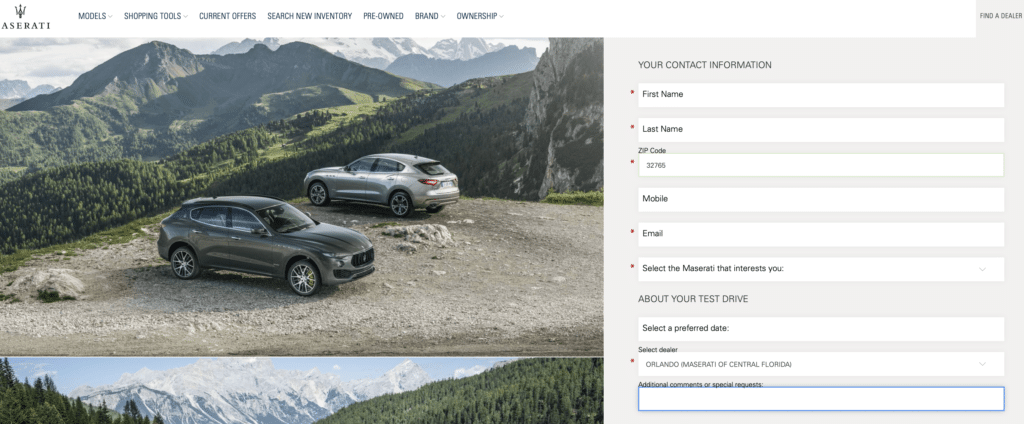
I once saw a marketing agency, for example, that asked about the business’s greatest struggles so far in running their own marketing or hiring other agencies. This was incredibly intelligent; they were likely able to tailor their personal sales pitch based on the user’s answer, but they also got great information they could use to create better buyer personas.
Maybe, for example, they thought businesses were coming to them because they didn’t have marketing knowledge, only to find out that for about 50% of their clients, the issue was time and budget. It was cheaper to outsource some aspects of the marketing campaigns because it allowed them to focus their internal staff’s time on other projects.
This would create a distinct, new buyer persona, even if superficial details (business size, revenue, industry) were all the same, because the pain points and motivations are completely different. And when you’re using buyer personas to shape your campaigns, that matters; pain points, needs, and motivations are everything.
Look At Dropped Off Customers
Sometimes, you can learn just as much from customers who didn’t convert as the ones who did.
Let’s look at another example. I’m a company that trains and certifies personal trainers all over the world. I regularly host webinars as a key part of my lead funnels, with topics like “Why Personal Trainers Need Liability Insurance (And Which to Choose”) and “Using Psychology to Improve the Effectiveness of How You Train Clients.”
I send a survey out to customers afterwards, asking if they’d like to learn more about my programs and their general costs.
I use those handy lead forms to encourage users to sign up for my webinars, and I notice a few distinct segments:
- Some customers answer yes, and they convert on an offer immediately. These users will likely have marked “current full-time personal trainers” on their initial survey.
- Some say yes, and we realize that they have no personal training experience but are invested in treating this like a business. They have a 50% drop off rate later. These users were most likely to be young, with college experience according to their surveys, and not listing personal training as a current career.
- Some say no, saying it’s too expensive. These users will most likely have identified their personal training career as a “side gig” on their initial intake.
You might have previously thought that part-time personal trainers hired by gyms or studios would be a great target audience, and you only realize later that they aren’t, at least not for your biggest offering.
Use Contact Scoring & ICP-Focused Tools
Lead scoring and contact scoring software is designed to help you identify high-value leads, and that can actually help you gain an enormous amount of insight into who your target audiences should be (which, in turn, can help you flesh out your buyer personas.
Breadcrumbs is a lead scoring, and contact scoring tool that helps you identify sales and engagement opportunities at all points of the digital sales funnel, including for new leads and for existing customers alike.
Our models look at both the fit of a contact (like the size of their company or their industry) and their activity with your brand (think answering emails or interacting with a specific feature in a SaaS tool). We also take both recency and frequency into consideration.
What this means is that you can easily flag which users are showing up as most likely to convert for a new sale, a cross-sell, or an up-sell. It makes it easy to see who is retaining longer and who is at risk for churning.
Breadcrumbs also has A/B testing so that you can test different aspects of your lead scoring model. This makes it easier for you to better assess how different personas are converting and what qualities are actually impacting sales potential.

In addition to lead scoring software, Breadcrumbs also has a sister tool, Reveal, which is available with the free plan of Breadcrumbs. Reveal will compare a high-value segment of your audience (like longest retaining or highest spending customers) to your entire audience to see what makes them unique.

We’ll comb through every aspect of data to help you identify what your ideal customer profile (ICP) actually is so you don’t have to… which can go a long way in helping you create stronger an more accurate buyer personas.
-
Lead Scoring vs Lead Nurturing: 7 Differences to Maximize Your Sales Funnel
Read more: Lead Scoring vs Lead Nurturing: 7 Differences to Maximize Your Sales FunnelManaging leads effectively means prospects move through the funnel efficiently, resulting in more conversions and…
Conclusion: How to Create Better Buyer Personas with Your Lead Gen Process
Your lead generation process is crucial to the success and scalability of your business. Even with high customer satisfaction and retention rates, some churn is always expected, so you need new customers coming in the door, even if you just want to keep your client list size relatively stable.
It’s important to remember, though, that your lead generation process can offer incredibly valuable insight that you should take advantage of. You don’t want to simply go, “oh good, it worked,” and call it a day; carefully monitoring the path from discover to lead gen to conversion can help you learn so much about your customers and how they interact with your brand. This, in turn, can help you shape and craft better buyer personas so that your marketing can be continually improved (and even more effective!) moving forward.
Ready to learn more about your high value audiences and your ICP and track them successfully through the sales funnel? Sign up for your free plan with Breadcrumbs.






